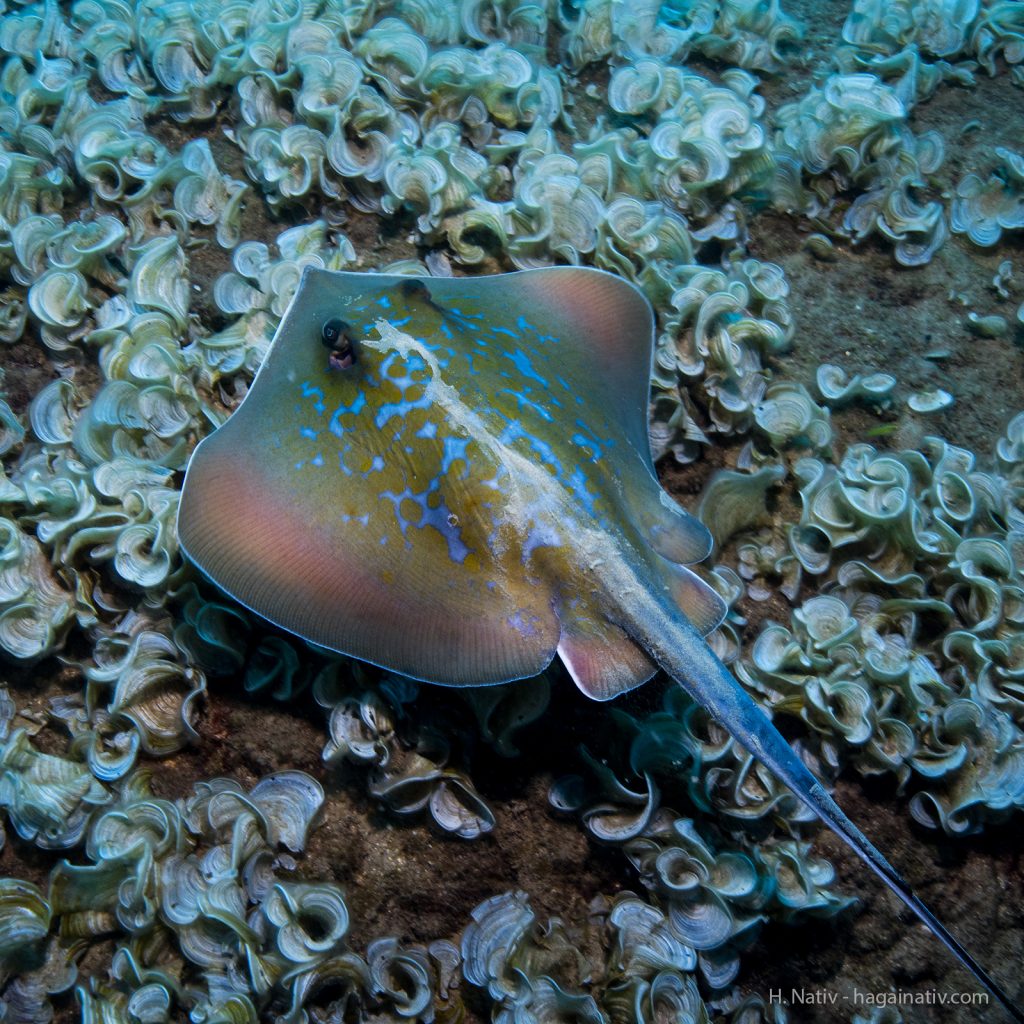Ray survey

Ray survey data
The majority of the marine habitat of the Israeli waters consists of soft-bottom habitats. Invertebrate communities inhabit the soft bottom of the sediment (epifauna) or in it (infauna). Environmental conditions, predation and competition control these communities. Among the predators are fish which are well adapted to living in the demersal zone on the sediment and above it. The ray fishes (superorder Batoidea) are some of the largest fish adapted to this habitat. The ray fishes live long, grow slowly, and reproduce sexually by internal fertilization, generally low fecundity (Last et al., 2016). The slow growth rates and low fecundity make them especially vulnerable to fishing. Ray fish are still fished bycatch, even though they have been protected by Israeli law since 2019.
Our work at the Morris Kahn Marine Research Station continues the work by Shahar Chaikin work (Chaikin, Belmaker, & Barash, 2020), extends it, and follows long-term changes in these vulnerable taxa.
Surveys are carried out snorkeling along approximately 350 m long GPS recorded transects covering: western rock-sand rim, eastern rock-sand rim, and rocky habitats. Transect data can be downloaded in ”transects” database table.
Upon ray fish (or turtle) encounter, we register its GPS location, the species, number of specimens, sex (if visibly pregnant), habitat, behavior, and free dive to film video, take disc width measurement (or length if it is a guitarfish). Depth and water temperature are registered using Paralenz freediving camera with automatic filming.
Contact us
For more information and assistance on this data, please contact:
ascheinin@univ.haifa.ac.ilReference:
If you find the data usefull and use it for presentation or else, please credit us with a link to our site as follows:
Data from the Morris Kahn marine Research Station: https://med-lter.haifa.ac.il/



